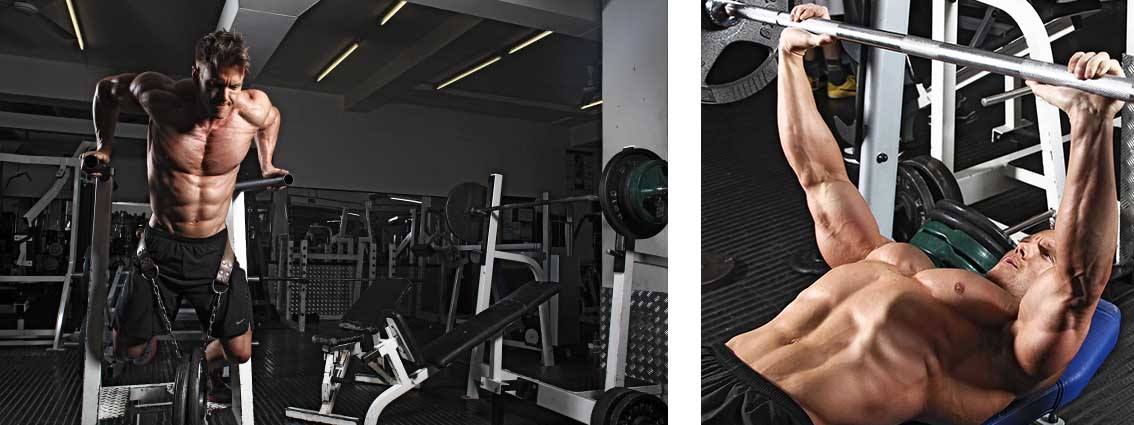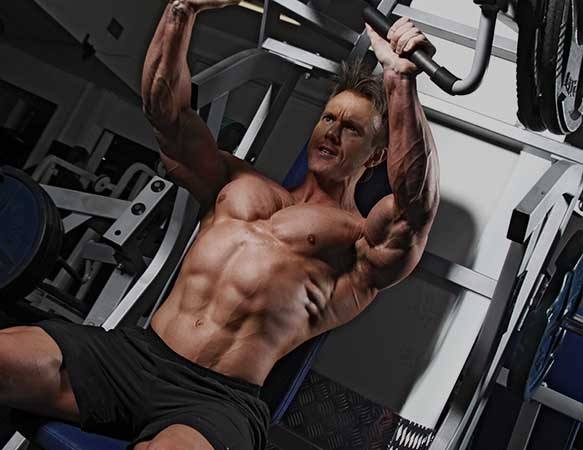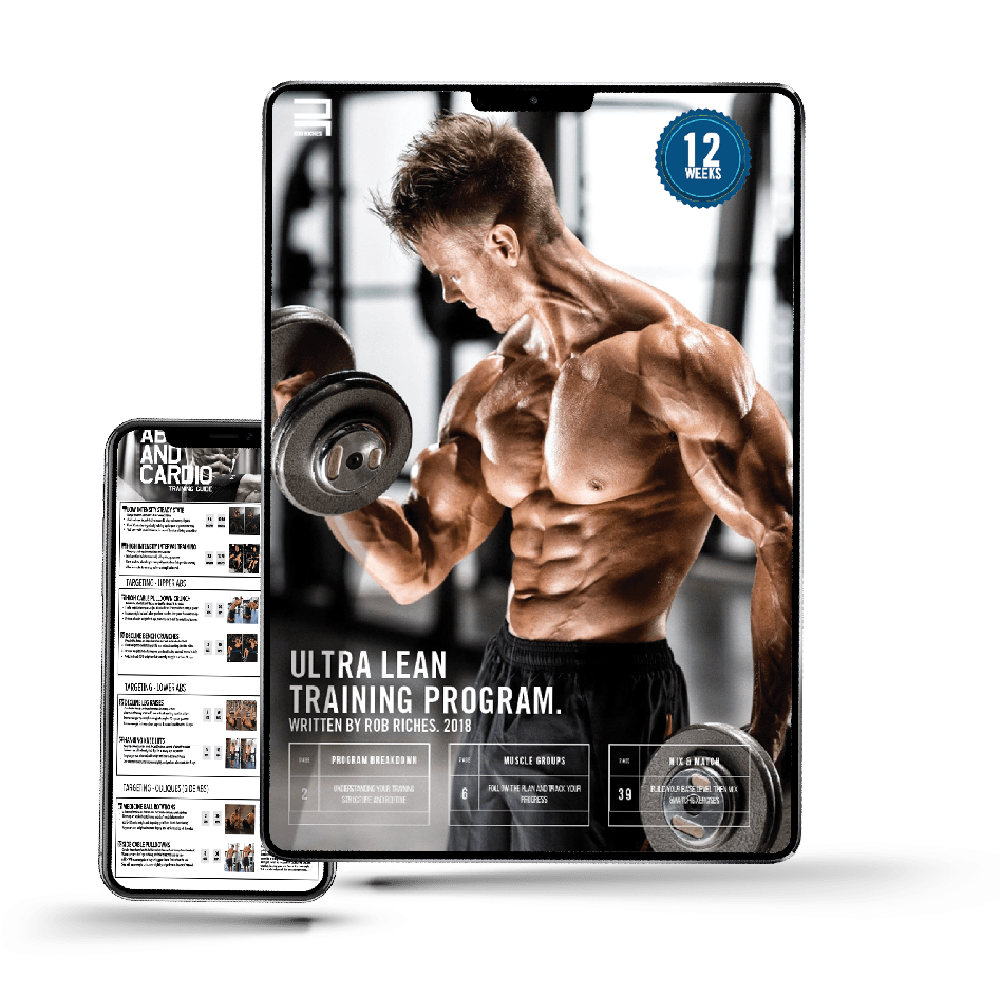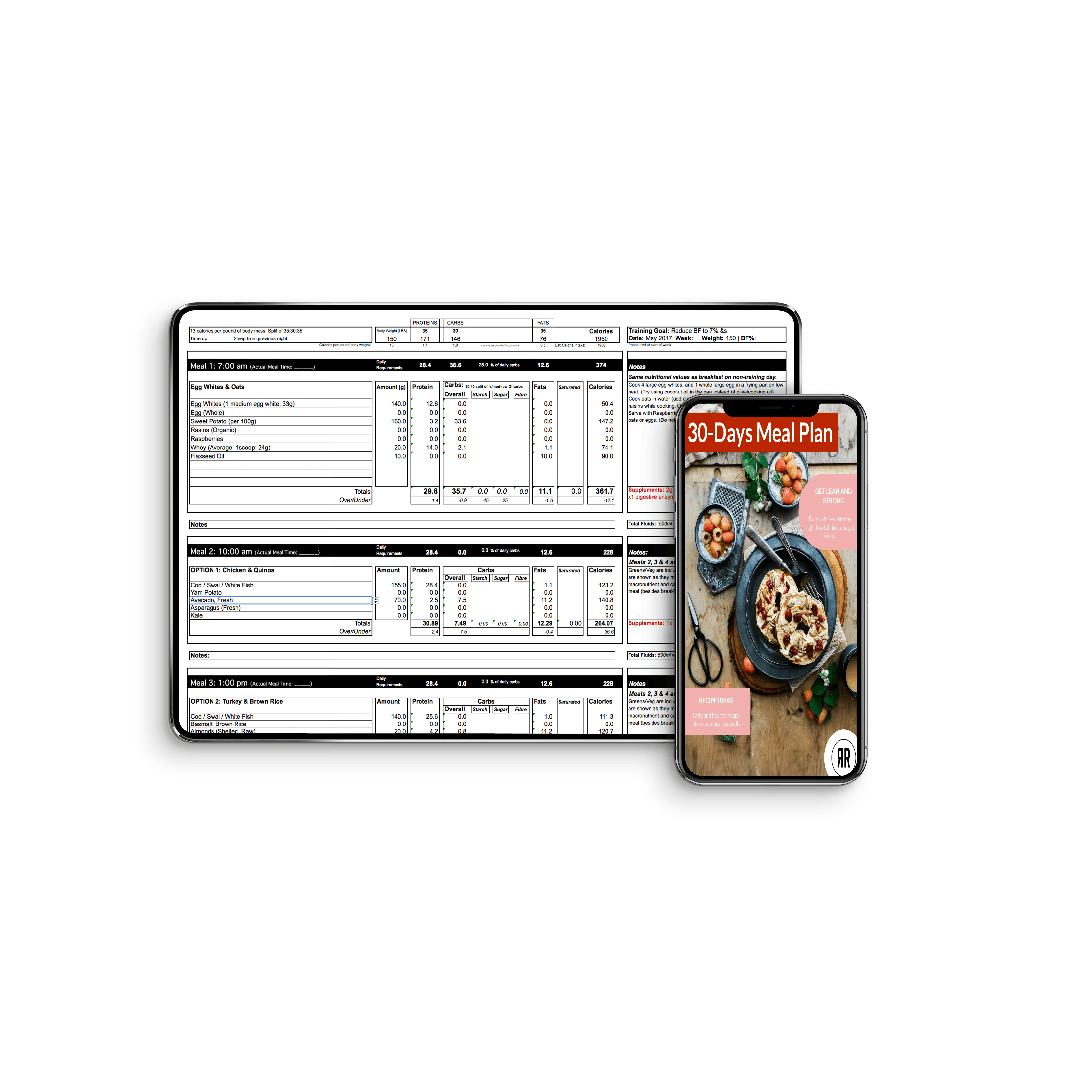Training chest before stepping on stage
June 15, 2018
Whether you’re training for the stage, a photo shoot, or just want to see how good you can look for a specific date, this routine has always been my go-to for showing off a great chest.
Lets assume that you are training for a specific event. This routine will make up the final few weeks after you’ve been focusing on your strength and growth. Now it’s time to showcase all your hard work with some fine-tuning and detailing. It goes without saying that your diet and cardio will take care of reducing body fat that will cloud the muscle fibers and define the shape of your chest, but as far as which exercises to perform and how to best perform them, this routine will set up on on the right path.

← Have You Seen This?
In need of an extra boost to your training? Check out my free complete training guide and daily meal planner for support.
Coax Changes In The Body. Don’t Force Them
A big part of dialing everything in ready for stepping on stage is how you set up your training before hand. For me, it all starts around 12 weeks away from the date of the event, which gives me enough time to make any necessary changes to my training, diet, cardio, and mindset. It’s doesn’t happen over night, and can still take me a couple of weeks to really get everything in order where it needs to be.
This time frame also gives my body time to adapt and change, without me trying to force anything on it. When these changes happen gradually over time, there’s much less resistance from the body and you’ll find body fat levels will continue to decrease more so than if you were to one day change everything and try to force it.
It’s All About the Detail At This Point
As you’ll see within the video below, I’m still lifting as heavy weight as I can. I discovered early on in my competitive training that in order to keep the muscles looking big and full (with low body fat levels thanks to my diet and frequent cardio), I had to train them the same way that I developed them – by lifting heavy. There are some changes within this routine compared to when I’ll train chest when I’m not preparing for any specific event, and you’ll find out more about that by watching the video.

Execute Each Rep Flawlessly
One tip I’ve always found to be useful when contest training is to imagine each time I perform a rep, I’m being photographed, and so want to ensure each rep is performed correctly and that I’m pausing momentarily at the top of each rep and flexing the muscles as hard as a I can. This is what defines the maximum weight I should be lifting. If I’m unable to perform the set number of reps and execute each one as perfectly as the first one, whilst squeezing the muscles hard at the end of the movement, then the weight I’m using is too heavy.
Light Weight, High Reps Vs. Heavy Weight, Low Reps
I’m on the fence about this one, and suggest you don’t take it too literally. I don’t believe it’s as black and white as one way or the other. Much of the time it depends on my energy (which is a factor when dieting and using up the body’s reserve fuel – body fat). I’ll always strive to life heavy, and make use of free-weights early on in my routine, but if my focus or energy isn’t there, I’ll make use of more machines and cables. The execution of how I perform each rep is still unchanged though, and it’s this method that I feel delivers the best results.

Exercise 1
INCLINE DUMBBELL PRESSES
5 sets of 15,12,12,10,8 reps (bench incline set low)
Exercise 2
FLAT BENCH BARBELL PRESSES
4 sets of 12,10,10,8 reps (use spotter to go to failure)
Exercise 3
INCLINE MACHINE PRESS
3 sets of 12,10,8 reps (include dropset on final set)
Exercise 4
DUMBBELL PRESS-TO-FLYS*
3 sets of 12,12,10 reps
Exercise 5
STRAIGHT BAR PULLOVER
3 sets of 15,12,12 reps
*(perform as superset with next exercise)



